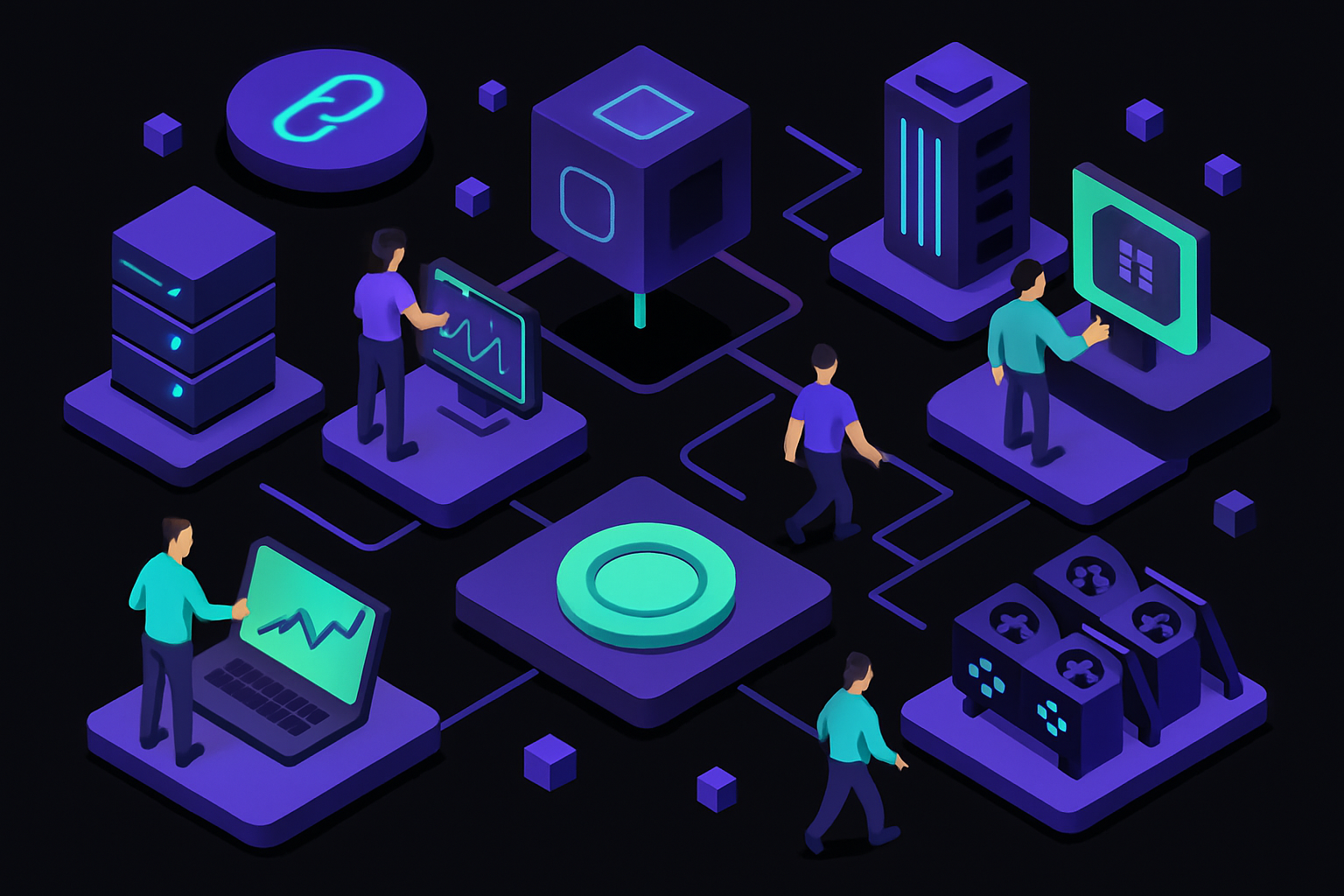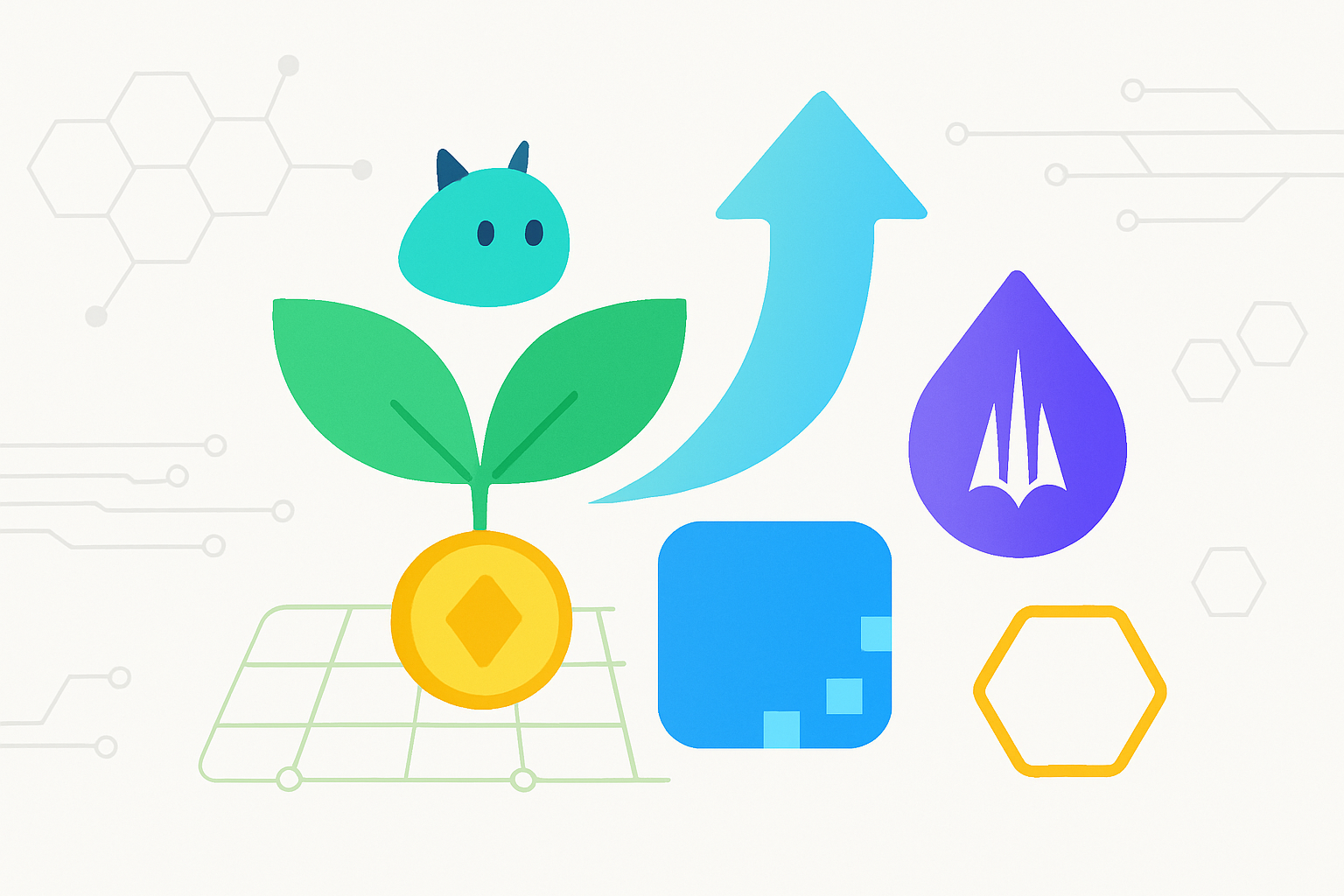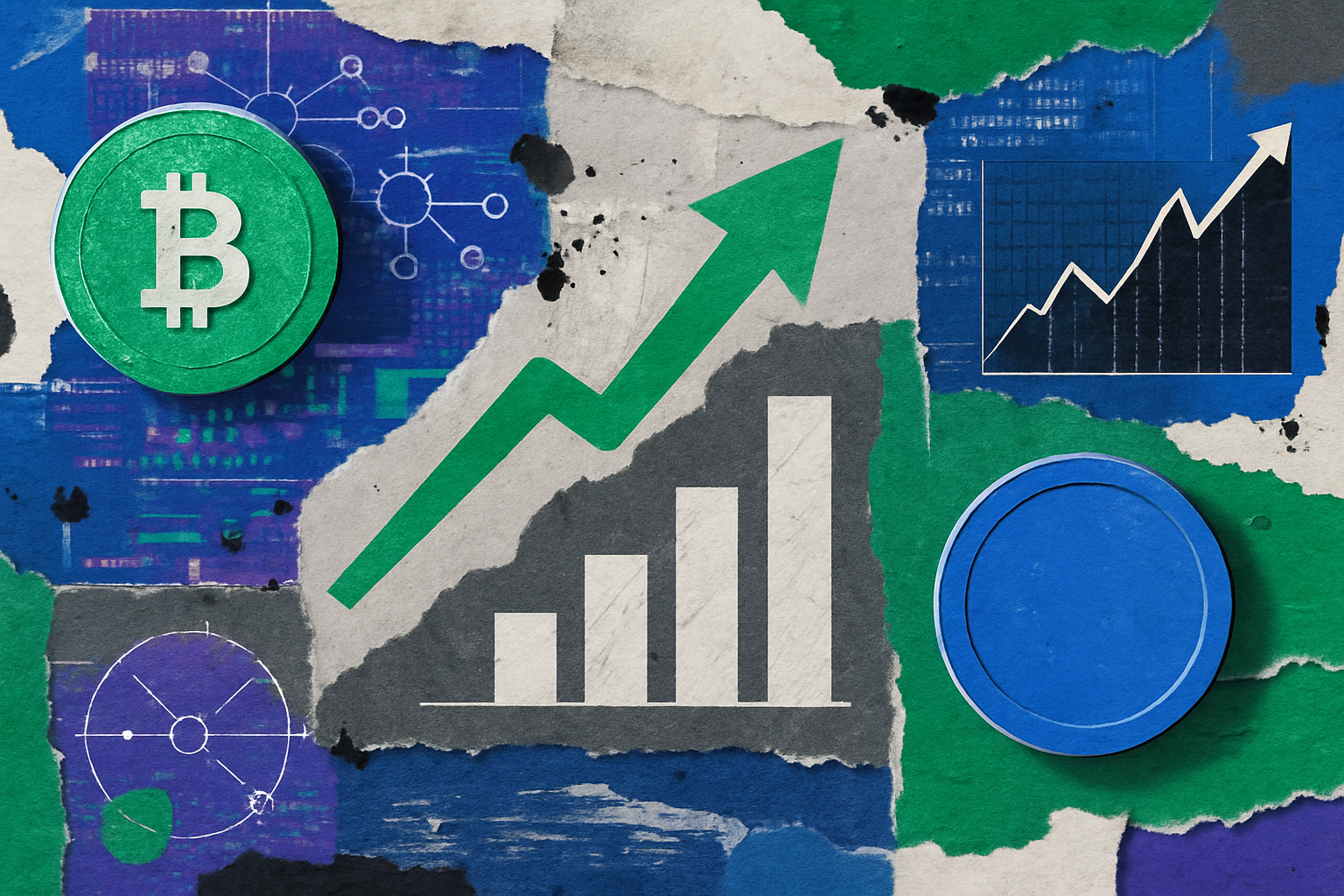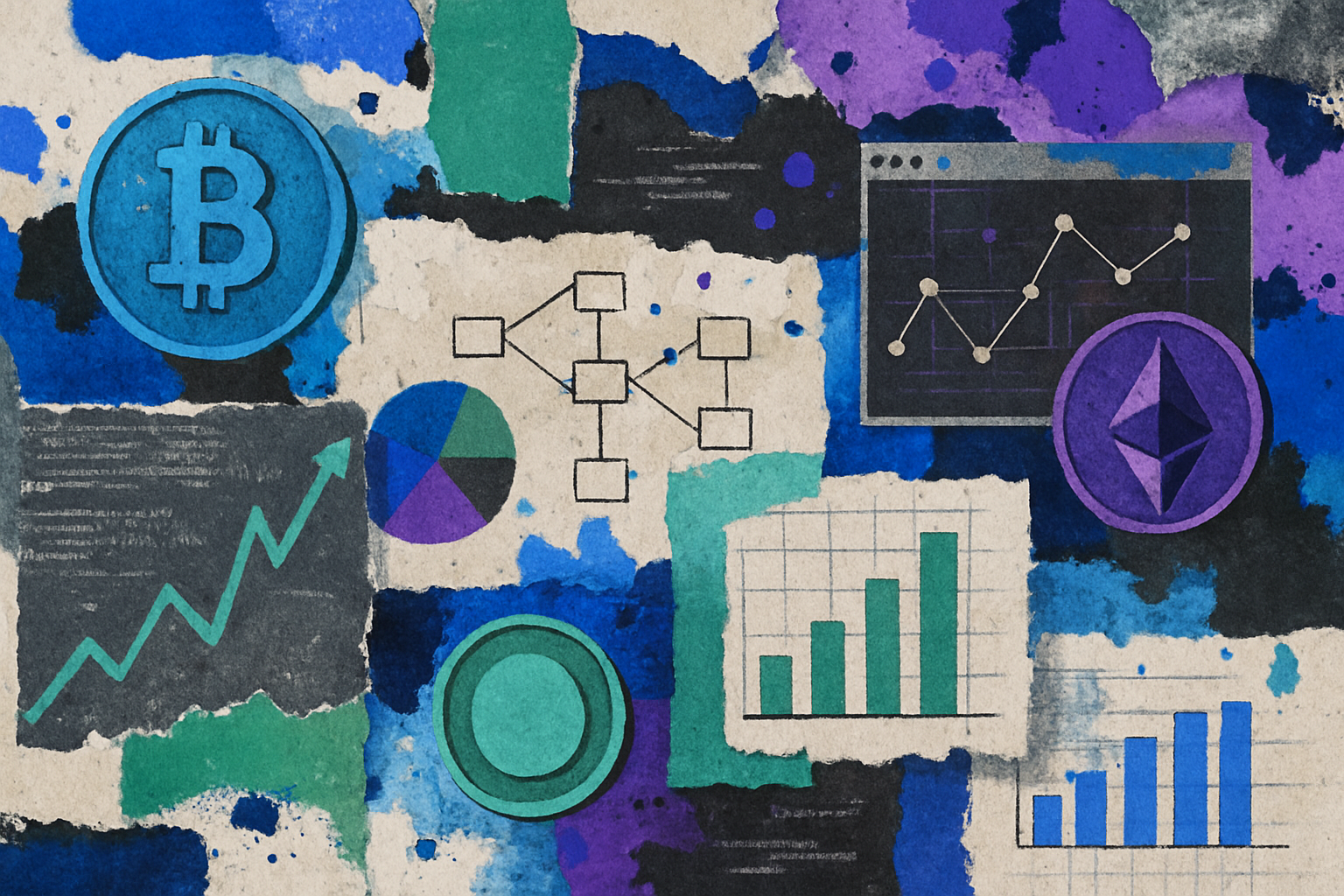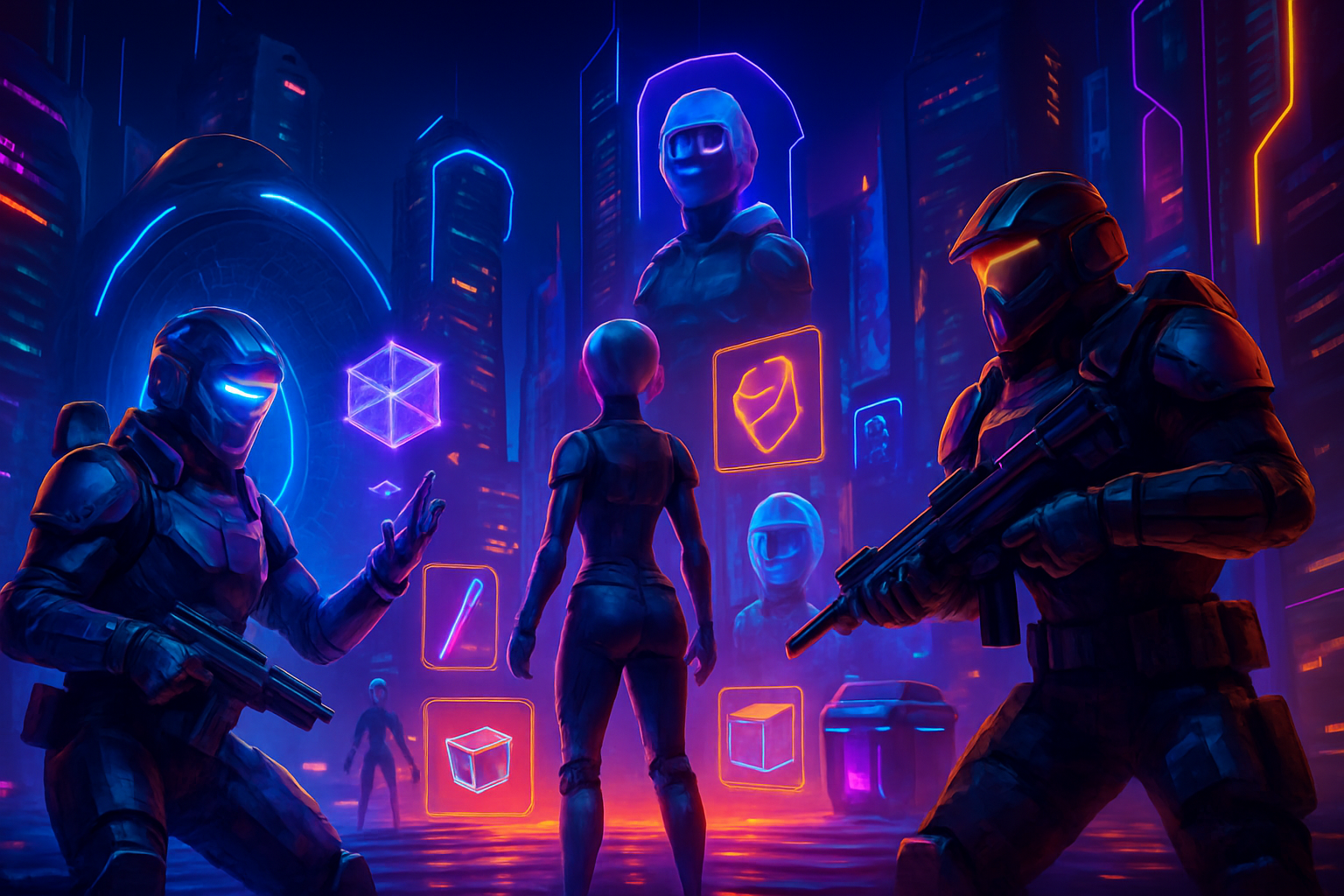
The landscape of NFT gaming is undergoing a fundamental shift in 2025. The industry’s rapid evolution from play-to-earn (P2E) to play-to-own (P2O) models is not just a matter of semantics. It represents a redesign of digital economies, where genuine asset ownership, interoperable NFTs, and sustainable economic systems are taking center stage. For both gamers and investors, understanding these changes is crucial for navigating the next phase of Web3 gaming.

Why Play-to-Own Is Overtaking Play-to-Earn
P2E games dominated headlines in 2021-2023, but their underlying tokenomics often led to unsustainable inflation and short-lived hype cycles. By contrast, P2O frameworks are designed for longevity and player empowerment. Players aren’t just earning tokens – they’re acquiring unique, verifiable digital assets that can be traded or used across multiple ecosystems. This shift is supported by recent data: the blockchain gaming market is expected to reach $24.4 billion in 2025, with daily active wallets up fivefold since 2023 (source).
The critical innovation lies in true digital ownership. Through blockchain-based NFTs, players now hold assets that are portable, tradeable, and, crucially, interoperable across games and platforms. This new paradigm is creating vibrant virtual economies where value persists beyond any single title.
Three Projects Defining Play-to-Own Gaming in 2025
Key Play-to-Own Innovations Transforming NFT Economies in 2025
-
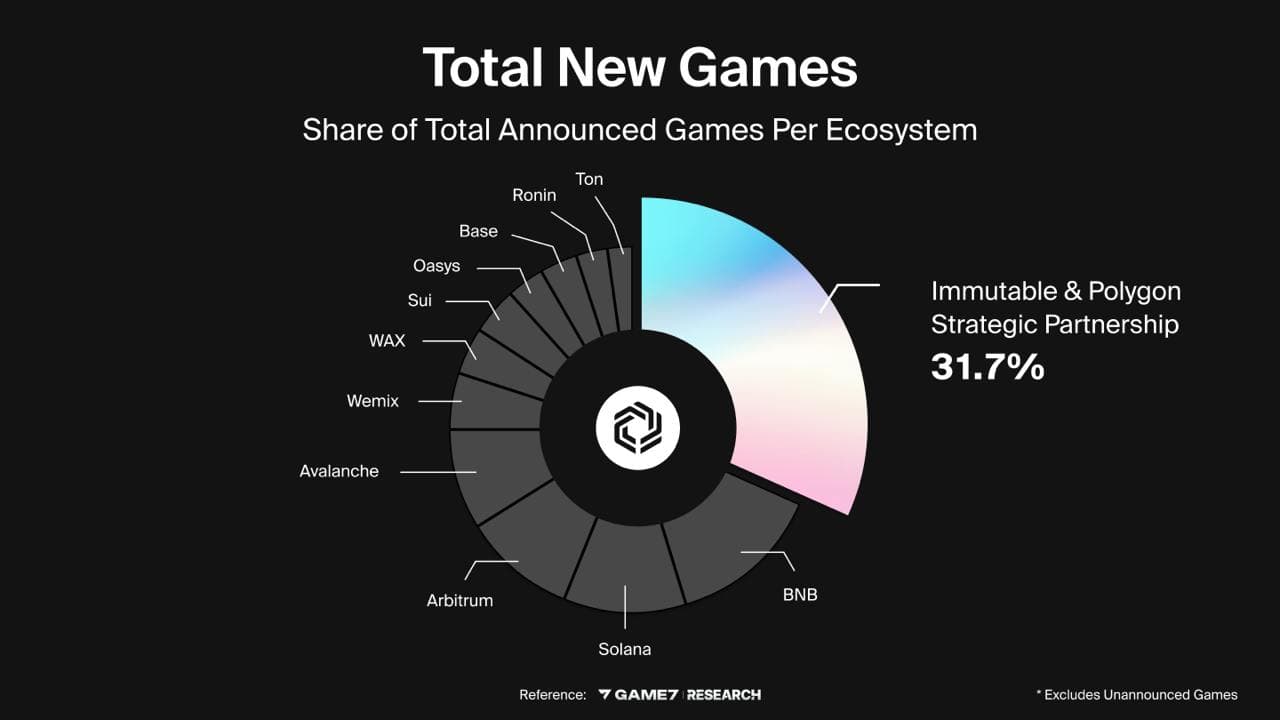
Immutable zkEVM Mainnet Launch: Immutable, a leading Web3 gaming platform, is launching its zkEVM mainnet in 2025, enabling scalable, gas-free NFT trading and true asset ownership for games like Guild of Guardians and Illuvium. This infrastructure upgrade will power the next wave of play-to-own economies by making NFT minting and trading seamless for both developers and players.
-

Shrapnel: Extraction FPS Play-to-Own Model: Shrapnel, an upcoming AAA extraction shooter built on Avalanche, is pioneering play-to-own mechanics by letting players earn, craft, and trade in-game NFT assets such as weapons and skins. Early access in 2025 will allow players to benefit from asset appreciation and marketplace activity as the game’s economy matures.
-

Early Adoption of Interoperable NFT Avatars (e.g., Ready Player Me): Platforms like Ready Player Me are expanding partnerships with major blockchain games to enable interoperable NFT avatars across multiple virtual worlds. Early adopters can benefit by acquiring limited-edition avatars that gain utility and value as cross-game compatibility becomes standard in 2025.
Let’s examine three launches and strategies setting the standard for P2O innovation this year:
Immutable zkEVM Mainnet Launch: Unlocking Gas-Free Ownership at Scale
Immutable’s zkEVM mainnet launch marks a pivotal moment for NFT economies. As one of Web3 gaming’s most robust platforms, Immutable’s upgrade brings scalable, gas-free NFT minting and trading to titles like Guild of Guardians and Illuvium. For developers and players alike, this means frictionless onboarding, no more prohibitive gas fees or sluggish transaction times.
This infrastructure empowers games to implement sophisticated P2O mechanics without sacrificing UX or decentralization. Players can now move assets seamlessly between marketplaces or even different games within the Immutable ecosystem, a foundational step toward true metaverse interoperability.
Shrapnel: Extraction FPS Meets Play-to-Own Innovation
Shrapnel, an AAA extraction shooter built on Avalanche, exemplifies how gameplay-first design can coexist with advanced NFT economies. In Shrapnel’s upcoming early access release, players will earn, craft, and trade in-game NFT assets ranging from weapons to skins, all while engaging in high-stakes PvP action.
The game’s marketplace allows early adopters not only to monetize their skills but also to benefit from asset appreciation as the economy matures. This model rewards both active participation and long-term holding, a stark contrast to the fleeting incentives of legacy P2E titles.
The Rise of Interoperable NFT Avatars: Ready Player Me’s Cross-Metaverse Expansion
If asset portability is the future of digital identity, then Ready Player Me is leading the charge with interoperable NFT avatars. By expanding partnerships with major blockchain games throughout 2025, Ready Player Me enables users to carry their custom avatars, and any attached NFTs, across multiple virtual worlds.
This cross-game compatibility isn’t just a technical achievement; it creates real investment opportunities for early adopters who acquire limited-edition avatars before they become standard fare across metaverse platforms.
These three projects are not isolated experiments; they represent a larger trend toward player-driven economies and digital self-sovereignty in gaming. The integration of scalable infrastructure, high-quality gameplay, and interoperable identity is rapidly becoming the baseline for any project hoping to compete in the 2025 NFT gaming landscape.
Opportunities for Gamers and Investors
For gamers, the appeal of play-to-own is clear: your time and skill translate directly into assets you control. With platforms like Immutable’s zkEVM mainnet eliminating gas fees, players can freely trade or transfer NFTs without worrying about hidden costs eating into their gains. In Shrapnel, early participation means access to rare assets that could appreciate as the game’s ecosystem grows. Meanwhile, securing a Ready Player Me avatar now could grant unique privileges as interoperability becomes ubiquitous across Web3 worlds.
Investors should pay close attention to these developments. The shift to P2O is fostering healthier economic loops, reducing the speculative churn that plagued many early P2E projects. Instead of focusing solely on token price action, value accrues through asset utility, scarcity, and cross-platform demand. This dynamic opens up new forms of yield generation: staking NFTs for passive returns, participating in DAOs to shape game direction, or even backing infrastructure protocols that underpin entire metaverse economies.
“The future of NFT economies will be built on real ownership and seamless user experience, not just hype cycles. “
What to Watch For: Trends Shaping NFT Economies in 2025
- Asset Interoperability: Watch for more games adopting standards that allow NFTs to move freely between ecosystems, following Ready Player Me’s lead.
- Sustainable Tokenomics: Expect further experimentation with capped supply models, staking rewards for holding assets long-term, and DAO-driven governance structures.
- Infrastructure Upgrades: As zkEVMs and other scaling solutions mature, frictionless onboarding will become standard, lowering barriers for both casual gamers and institutional capital.
The numbers speak volumes. With the blockchain gaming market projected at $24.4 billion in 2025 (source) and daily active wallets multiplying fivefold since 2023, early adopters have a unique window to secure their place in next-generation NFT economies.
Action Steps: How to Get Started with Play-to-Own in 2025
The evolution from play-to-earn to play-to-own isn’t just technical, it’s philosophical. It places power back into the hands of players while creating new opportunities for sustainable growth within digital communities. As infrastructure like Immutable’s zkEVM matures, AAA games such as Shrapnel go live with robust asset marketplaces, and interoperable avatars become standard across virtual worlds, those who understand, and act on, these trends will define the future of Web3 gaming.

